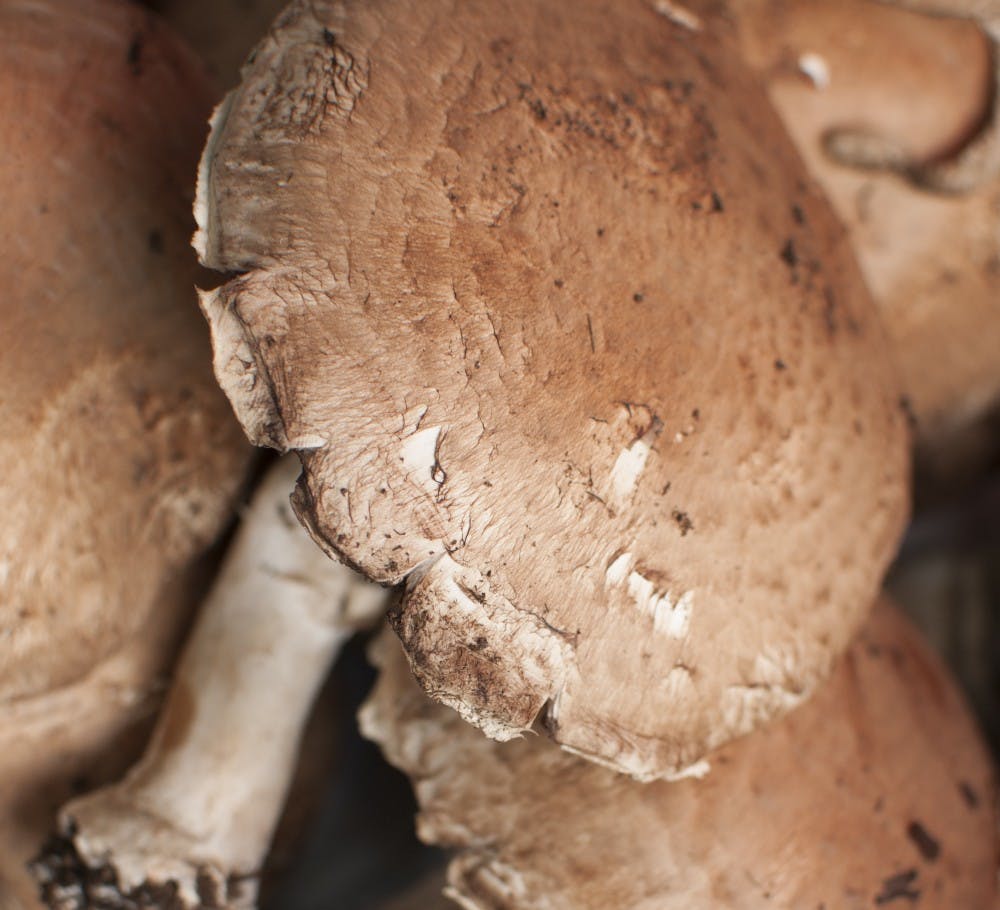By TONY WU Senior Staff Writer
Sometimes it can seem like people are born with electronics in their hands, and the supply of new devices can seem never-ending. This large increase in electronic production places pressure on the supply of batteries, but researchers may have found an environmentally friendly solution: making batteries out of mushrooms.
Many American products on the market today, including electric vehicles, utilize lithium-ion batteries, which were first proposed in the 1970s and have optimized over the years.
A typical battery consist of two electrodes — one positive and one negative — and electrolytes. The negative electrode is typically made of graphite while the positive electrode consists of a metal oxide. Depending on the combinations of these materials, the voltage, lifespan and safety of the lithium-ion battery can vary significantly.
While these batteries are convenient, there are environmental concerns and resource limitations in battery production. To process the graphite electrodes, graphite is first treated with either hydrofluoric acid or hydrochloric acid. This process is called acid leaching, which extracts and purifies graphite from the ores. The processing plants then activate the graphite through basic solutions. These harsh chemicals are not environmentally friendly and require special care during disposal.
To address these concerns, researchers at the University of California Riverside (UCR) Bourns College Of Engineering proposed portabella mushrooms as a replacement for graphite in battery electrodes.
Research has already demonstrated that mushrooms are very porous biomaterials, which can be utilized for storing and transferring energy. The mushrooms possess high potassium concentrations that allow their pores to act as electrolyte-active material. In fact, the researchers explained that these properties allow mushroom-based electrodes to activate more pores over time, increasing its capacity.
However, before researchers can take advantage of these unique properties, the portabella mushrooms have to be treated. To preserve the porous network of the mushroom, the researchers dried the samples overnight in a vacuum oven. These heat-treated electrodes possessed pores and large surface areas that could be utilized for energy storage. Compared to the processing of graphite electrodes, the processing of these organic electrodes does not require harsh acids or bases.
A major implication of these properties is that mushroom-based batteries may increase their energy capacity with each charge rather than decrease, as seen in conventional batteries. In a conventional lithium-ion battery, the lifespan is usually defined as 1000 charge-discharge cycles. In comparison, portabella mushroom electrodes possess numerous, electrolyte-rich pores. In initial charges, only a few pores are exposed to the oxidation and reduction processes required to charge and discharge a battery. In subsequent charges, however, more pores can be recruited as the movement of ions affect nearby pores. This activation of additional pores results in a potential increase in energy capacity.





